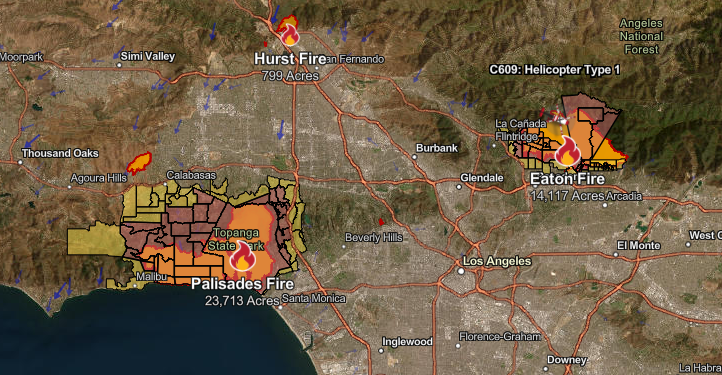How do car insurance companies determine rates?
Car insurance rates are generally determined by assessing the amount of risk being insured by the policy. Risk is calculated by using the probability of a particular event occurring and the potential impact of that event.
Probability – This refers to the likelihood of a specific event happening based on historical data.
Impact – This refers to the consequences or severity of the event if it were to occur.
By considering the probability and impact of certain events, car insurance companies can assess the amount of risk being insured and adjust their rates accordingly. Typically, higher risk = higher rates, and lower risk = lower rates.
Factors that affect car insurance rates include:
Age: Your age is important because it helps companies estimate how many accidents you could potentially have due to the strong correlation between driving age and accidents.
Location: Where you live can influence how often you’ll be exposed to potential risks such as accidents, theft and vandalism.
Driving record: Your driving record is a significant factor because it can indicate how likely you are to engage in risky driving behavior.
Claims history: Your claims history is a notable factor because it can be a good indicator of your likelihood of having claims in the future.
How often you drive: The amount of driving you do is a key factor because it affects your likelihood of being involved in an accident.
Vehicle: Your vehicle will determine the estimated cost of claims repair or replacement. Generally, the higher the cost, the higher your rates will be as a result.
Your policy coverages, limits and deductibles:
Coverage — Collision coverage helps pay to repair or replace your vehicle if it collides with another vehicle or object. Whereas comprehensive coverage helps pay to repair or replace your vehicle if it’s damaged by something other than a collision, such as theft, fire or vandalism.
Limit — This is the maximum amount of money an insurance policy will pay for the covered losses or damages.
Deductible — This is the amount of money you pay out of pocket before an insurance company helps cover costs, up to the coverage limit.
We encourage you to learn more and discuss your unique needs with State Farm® agent Regina Talbot at (626) 357-3401.





